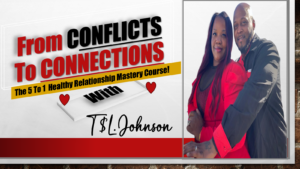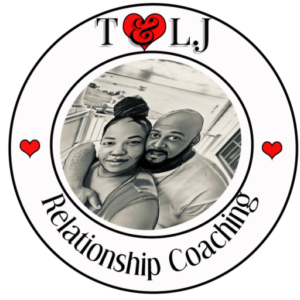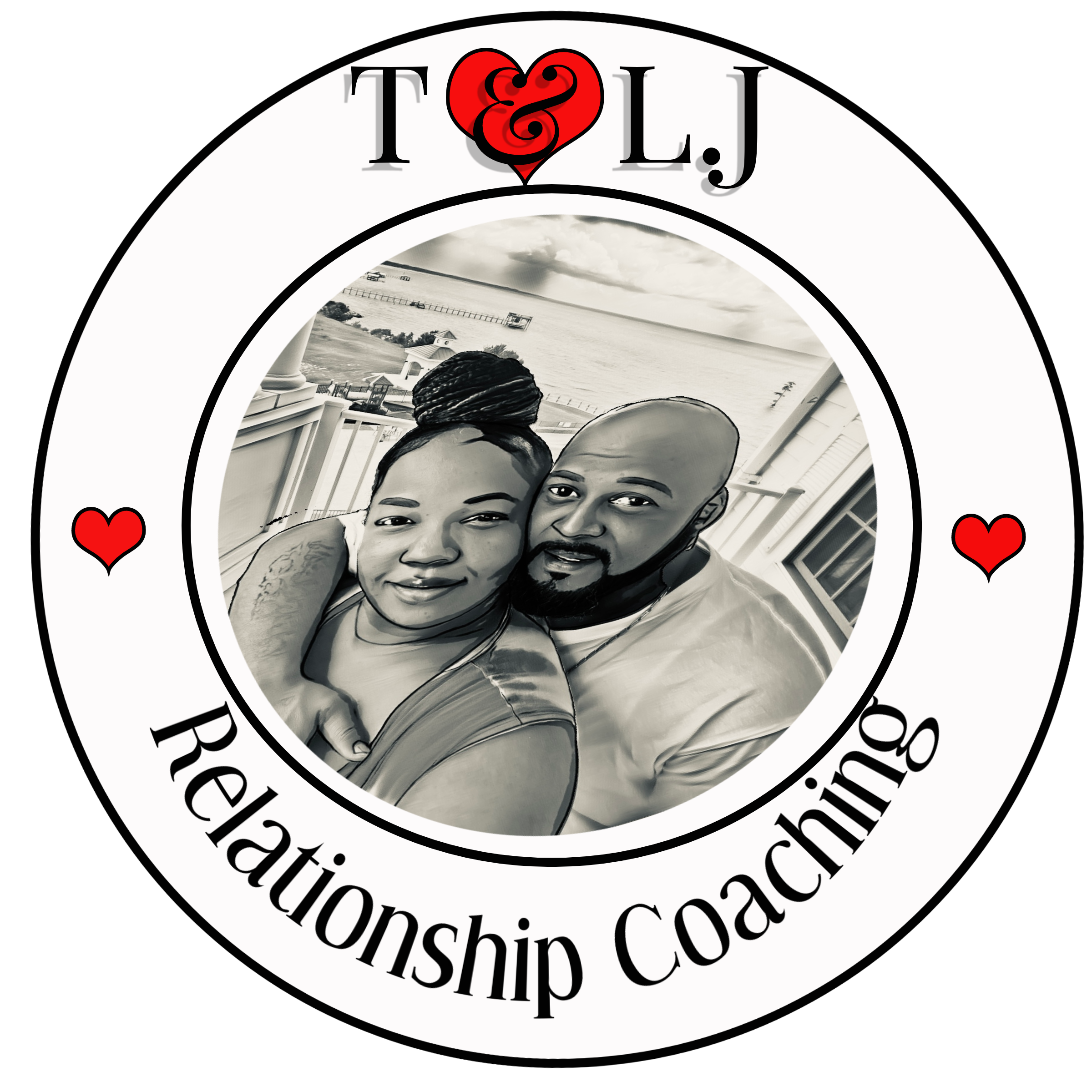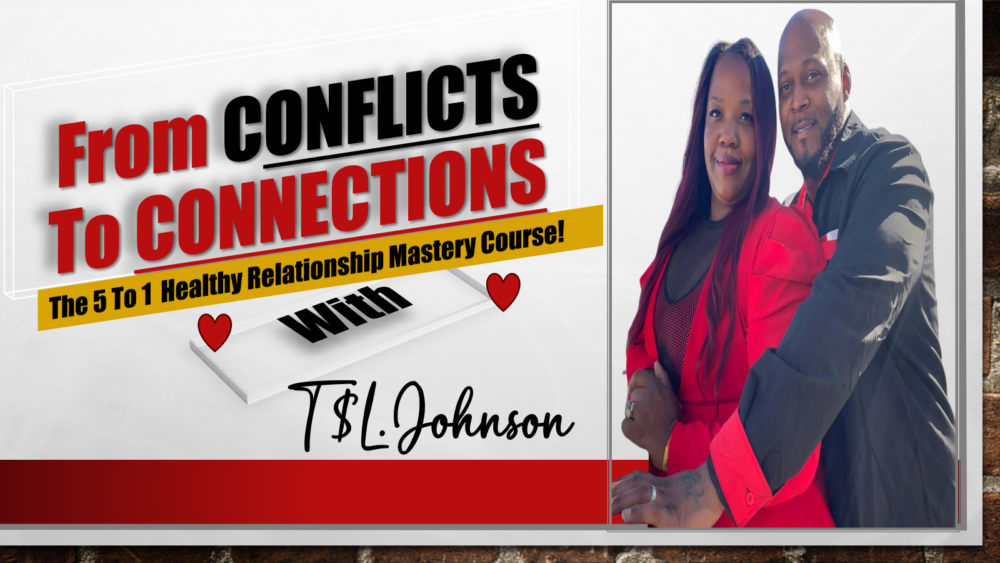Creating a Safe Space
Understanding the Importance of Environment
Creating a safe space for conversation is something I’ve learned to value deeply. Reflecting on my own experiences, I’ve realized that the environment can make or break a meaningful dialogue. Think about it: when we’re comfortable, we’re more likely to open up and share those intimate thoughts and feelings.
When I transitioned jobs a few years back, I noticed this shift immediately. My new boss understood this concept perfectly; she created a relaxed atmosphere that made it easy to discuss ideas. It made me feel valued and encouraged me to voice my thoughts without fear. That’s the magic of a safe space—it invites authenticity.
So, the next time you’re preparing for a serious discussion, try to ensure the physical and emotional environment is nurturing. A cozy corner in a coffee shop or a quiet room can make a world of difference. Embrace the ambiance; it’s a critical element for true listening.
Active Engagement in Dialogue
Active listening goes hand in hand with creating that safe space. It’s about being present—fully engaged with the person talking. I can’t tell you how many times I’ve caught myself nodding along but mentally drifting off. It’s all too easy! Taking those distractions out of the equation has been a game-changer for me.
For instance, I have made it a point to put my phone away and maintain eye contact during conversations. This shows the speaker that they have my undivided attention. It not only fosters trust but also encourages them to share more. Remember, it’s not always about what you say; sometimes, silence speaks volumes.
By focusing on what’s being said and responding thoughtfully, you can encourage a richer exchange of ideas. It also helps to ask open-ended questions to show curiosity. Trust me; when you’re genuinely interested, it makes the other person feel amazing. Everyone wants to feel heard, right?
Respecting Different Perspectives
We all come from different backgrounds with diverse viewpoints. Embracing these differences is essential for true understanding. Reflecting back on my life, I used to shy away from conversations with people who held opposing views. I learned that avoiding these discussions did a disservice to my growth.
One memorable encounter was with a colleague who had vastly different opinions on a project we were working on together. Instead of shutting down, I decided to listen to their ideas. It opened my eyes to angles I hadn’t considered before. Respecting and valuing that difference deepened our collaboration and helped produce a fantastic outcome.
So when you’re in a conversation, keep an open mind and a big heart. Appreciate that everyone brings their unique stories to the table. It not only enriches the dialogue—you might find something enlightening in what you do not know.
Practice Empathy
Understanding Emotional Responses
One of the most powerful tools we’ve got for true listening is empathy. It’s not just about hearing the words; it’s about understanding the emotions behind them. I remember a time when a friend was having a tough day, and she just needed someone to connect to. I made it a point to listen without jumping in with solutions immediately.
This taught me that sometimes, people just want acknowledgment of what they’re feeling. Empathy allows us to step into someone else’s shoes and feel their experiences, even if we haven’t lived through them ourselves. When I show genuine concern for how they’re feeling, it often leads to deeper, more meaningful discussions.
So, practice tuning into others’ emotions. Pay attention to the nuances in their voice and body language. It requires patience, but trust me when I say it can lead to transformations in your relationships.
Validating Feelings
Another key aspect of practicing empathy is validating feelings. When someone shares something that matters deeply to them, acknowledging those feelings can be incredibly grounding. I remember this friend I mentioned earlier; she was feeling undervalued at work. A simple phrase acknowledging her feelings took our conversation to the next level.
It’s all about reaffirming what they are experiencing. I often say something like, “I can see why you’d feel that way,” or “That sounds incredibly tough.” It wraps them in a comforting hug, even verbally. Validation doesn’t require me to agree; it simply shows that I recognize the weight of their experiences.
This little act strengthens the trust between us and opens up the possibility for further discussion. When people feel their emotions are valued, they are more inclined to share deeper thoughts and feelings. That’s how true listening works!
Encouraging Open Expression
Finally, encouraging open expression is vital. It’s essential for both parties to feel comfortable sharing their thoughts without the fear of judgment. I’ve learned to encourage others to express what they feel by being supportive and non-critical. In my humble opinion, it’s about being their cheerleader!

I often remind myself that my role is to create an atmosphere where everyone feels they can express themselves freely. Asking questions that invite elaboration is one way I do this. Instead of saying, “You should do this,” I ask, “What do you think would be the best approach?”
This approach not only empowers them but also helps me understand their viewpoint better. Being open to various expressions and ideas is what true listening should encompass. We’re all just trying to find our voice, and sometimes, we need that gentle nudge to express it, right?
Building Trust through Consistency
Consistency in Listening
Trust doesn’t happen overnight, especially in relationships built through communication. It’s developed through consistent, reliable listening practices. Reflecting on my journey, I found that being present in conversations led to building a solid foundation of trust with people around me.
Whenever someone knows I’ll be there to listen, they’re more likely to turn to me for support. Take it from me: it’s a gradual process. It requires a commitment to being there, even when it’s challenging. Understanding that it is a two-way street where both parties actively engage makes all the difference.
So, make a conscious effort to remain consistent in your listening habits. Whether it’s checking in on a friend during a tough time or being available for family members, your reliability will speak volumes, creating an atmosphere of safety and trust.
Fostering Transparency
Transparency nurtures trust as well. When you share your thoughts and feelings openly, it encourages others to do the same. I remember when I started being more open about my struggles; it prompted my friends to share theirs. It’s the nature of relationships—when we offer our vulnerability, it encourages cocreation of deeper bonds.
That’s not to say you should overshare in every situation, but finding a balance is crucial. By expressing a little of yourself, you invite others to reflect inward and reciprocate. This exchange lays the groundwork for deeper trust, enabling true listening to flourish.
So, practice being transparent within the bounds of the relationship you’re building. Talk about your challenges, your thoughts, and your feelings—that’s how you’ll cultivate a community of listeners around you!
Following Up and Checking In
Lastly, following up after a conversation can reinforce the idea that you truly care. Take the time to check in after a deep discussion; it shows you value what was shared. Whether it’s a simple text or a casual catch-up, these efforts mean the world.
Reflecting on my past interactions, I find that those little nudges can transform relationships. For example, after a tough chat with a friend, I often send a quick message letting them know I’m thinking of them. Those moments let them know they matter.
So be proactive! When you follow up, it solidifies the connection made during the initial conversation and boosts the trust between you and the other person. That’s the essence of true listening—caring enough to reach out.
FAQs about The Tenderness of True Listening
1. What does creating a safe space mean in listening?
Creating a safe space involves ensuring that the environment promotes comfort and openness. It’s about removing distractions and fostering an atmosphere where people feelvalued enough to share their thoughts without fear of judgment.
2. How can I practice empathy while listening?
You can practice empathy by tuning into the speaker’s emotions, validating their feelings, and reflecting on how their experiences might affect them. It’s crucial to engage actively and let them know you genuinely care about what they’re expressing.
3. Why is trust important in listening?
Trust fosters deeper connections. When someone knows you’re reliable and will truly listen, it encourages them to share more openly. That’s how meaningful conversations take place, leading to richer relationships.
4. How can I encourage open expression in conversations?
You can encourage open expression by asking open-ended questions and showing genuine support. Make the environment comfortable for the other person to share their ideas without fear of critique, allowing for honest dialogue.
5. What’s the significance of following up after a conversation?
Following up shows the other person that you value their thoughts and wellbeing. It reinforces your commitment to the relationship, enhances trust, and helps to cultivate a supportive dialogue moving forward.

Schedule Your First 20-Minute Coaching
Call With Us Today to see if we fit . You pick the price!
Click Here




